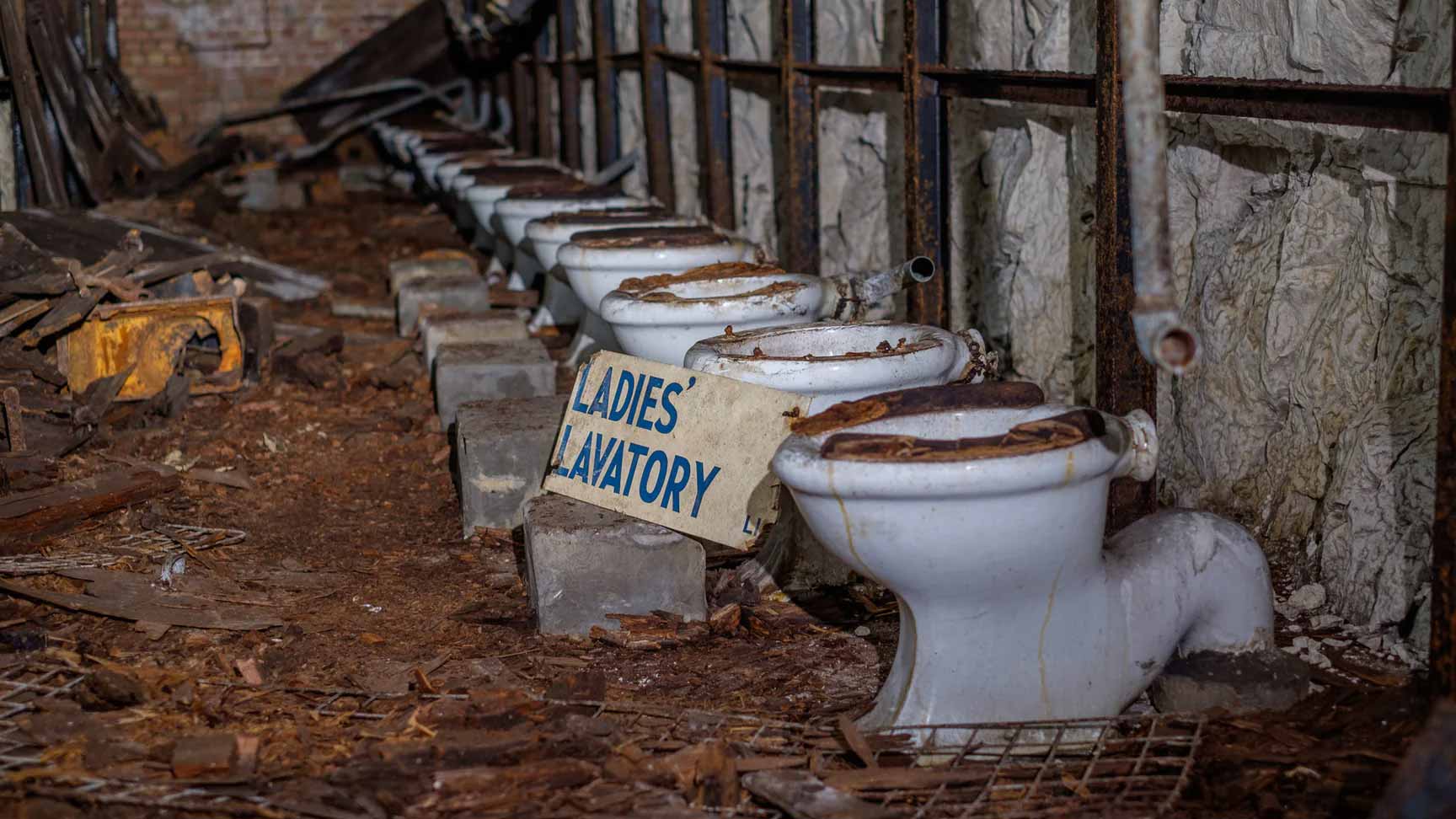
Sanitation is something we take for granted. We are fortunate here in Australia to have access to not only flushable toilets, but portable ones, portable showers, adequate sewage disposal systems, and clean drinking water almost anywhere we go. We are the minority. The world is in the middle of a global sanitation crisis, with billions of people at risk of illness or death due to poor sanitation.
What is sanitation?
Sanitation is not a common word in Australia because it’s not a common problem. Sanitation refers to clean drinking water, sewage disposal, and conditions around public health. Not every country in the world has a system in place to manage these basics – something we take for granted. Also, as a result, lives are at risk.
What do the numbers say?
Four and a half billion people live without a safe toilet, with 892 million people practicing open defecation – the majority in India. For the wellbeing and vitality of families, sanitation should be something to which everyone has access. Unfortunately, that’s still not the case.
Close to 1.8 billion people drink from faeces-contaminated water sources, and 62.5 percent of the world’s population doesn’t have access to safe sanitation. That tells us that human waste is making its way into our environment, contaminating water, soil, and risking human life. In essence, our earth has become an open sewer.
What are we doing to solve the global sanitation crisis?
These figures above make it look like the world is standing still, doing nothing, but that could not be further from the truth. We are doing a lot, but we need to do more. Every year, the world celebrates World Toilet Day, a day on November 19 to share the progress of the Sustainable Development Goal of Sanitation and Water. As part of World Toilet Day, there is a goal for every person to have access to a safe toilet by 2030.
Improvements are being made every day. In 2015, 91% of the world’s population (6.6 billion people) had access to improved drinking water sources compared with 82% in 2000. The situation is looking far better than it has before, but there is still work to do.
What will global sanitation look like by 2030?
Under the Sustainable Development Goal of Sanitation and Water, it is hoped that global sanitation will look vastly different than it does now. There is hope that everyone will have access to affordable and safe drinking water and that we can put an end to open defecation, with a focus on women and girls in particular.
Water use efficiency and sustainability are also on the cards, addressing areas with water scarcity to ensure no one misses out. The Sustainable Development Goal will also look at restoring ecosystems with waterways. Finally, it is hoped that by 2030, more people will be educated on how to improve water, improve their hygiene, and improve their wellbeing.
